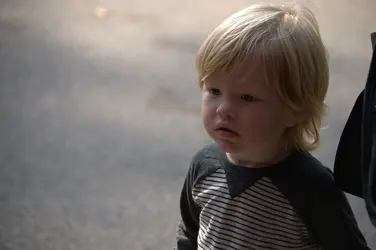...the 50mm lens would be the equivalent of 75mm...
As a point of order, this is not totally correct. The 50mm lens will give you the same field of view as that of a 75mm on an FF sensor, but it will still render the image as a 50mm lens. Focal length is focal length and doesn't change regardless of the camera's sensor size. The advantage of an FF lens on a DX body is that the smaller sensor will only use less of the edges of the lens (the area where distortion and softness is most noticeable).
Distortion in portaits is caused by to close a subject distance, not by focal length...
Yes and no. A shorter focal length will impart less distortion when used at greater subject-to-camera distances, but the problem is that the greater the subject-to-camera distance, smaller the subject is in the frame. A 24mm lens used at 3m is going to provide a MUCH smaller subject in the frame than a 50 or greater.
I would suggest not buying anything at the moment. I think what you need to do first is actually determine WHY you're experiencing issues with your current kit. The two lenses you have are both verycapable, especially when used at middle apertures and focal lengths. Post some of your images here along with full EXIF data and let's see if we can't see where the cause of the problem lays.





![[No title]](/data/xfmg/thumbnail/42/42268-15c1c02cec1d71208987fc7c7ec7784c.jpg?1734176663)



![[No title]](/data/xfmg/thumbnail/35/35946-771bfce9b2727c9126587d96c471da80.jpg?1734167737)


![[No title]](/data/xfmg/thumbnail/32/32929-22e23acc63d6ecb25e5ee941be87121f.jpg?1734162700)

![[No title]](/data/xfmg/thumbnail/35/35948-700e0d840da0ca73727b1bd6d99b4142.jpg?1734167751)
